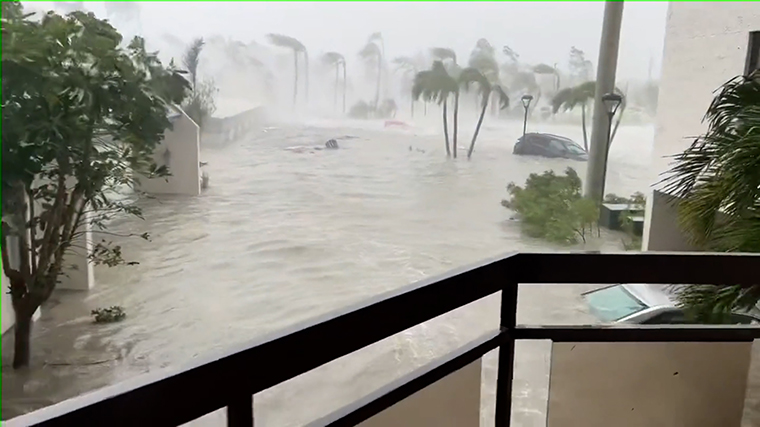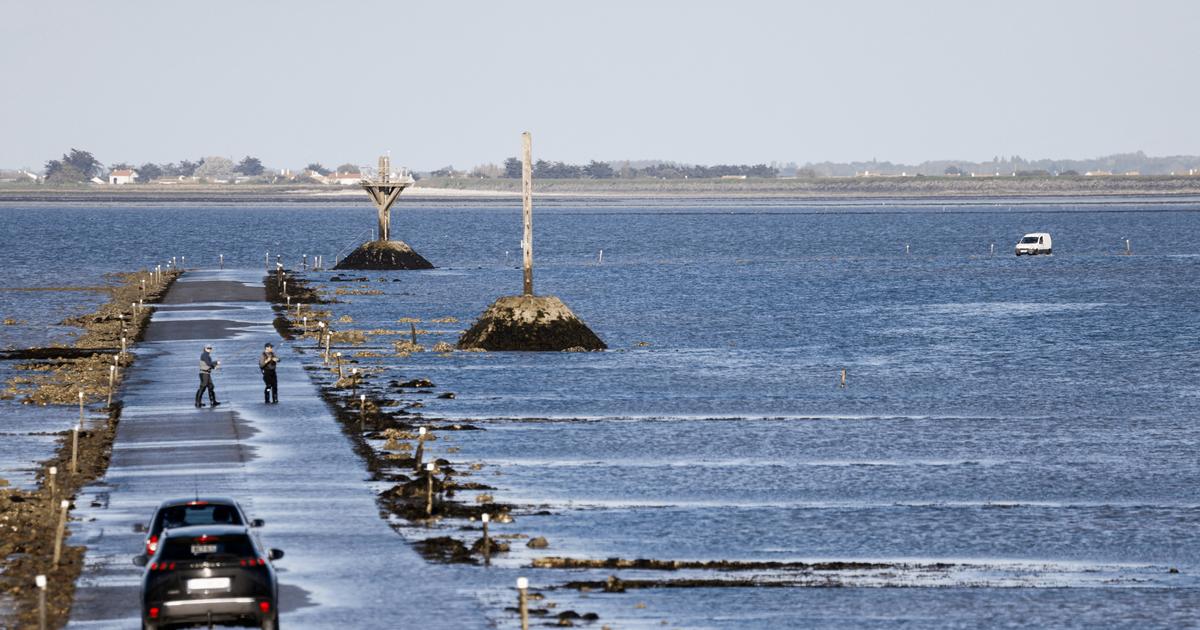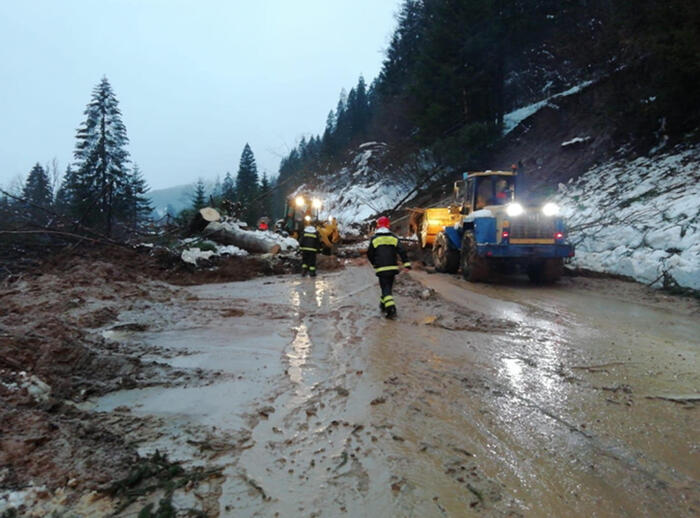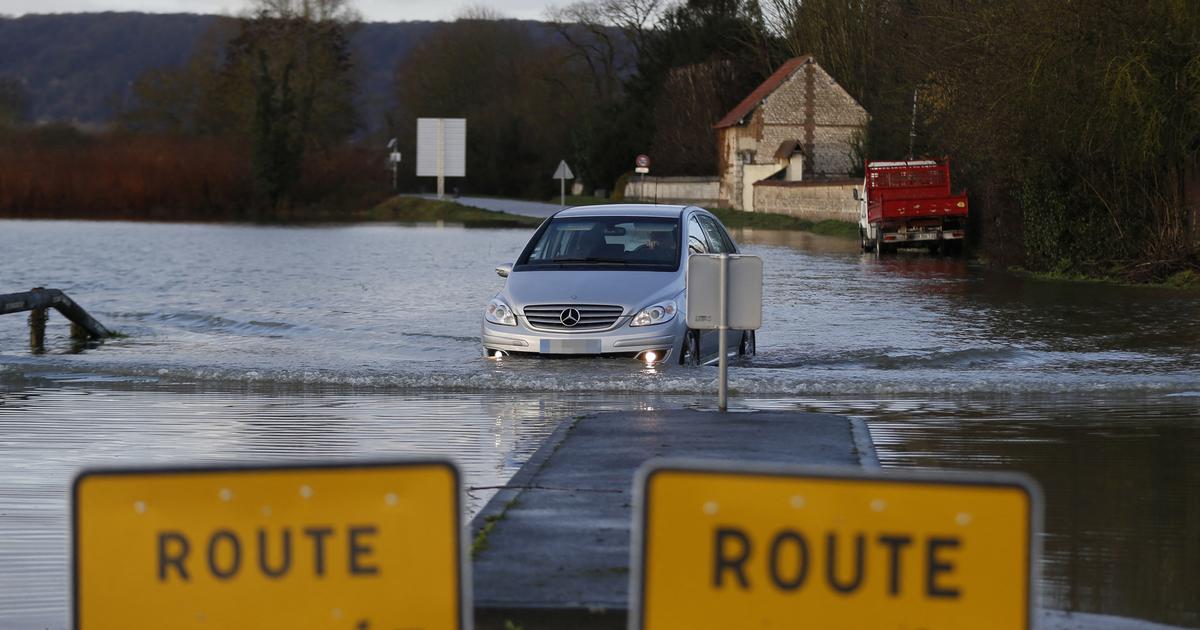Meteorologist explains path of Hurricane Ian in Florida 5:16
(CNN) --
Nearly half of all tropical cyclone deaths come from storm surge.
While many people focus on the wind speed of storms, the danger often comes from water flowing in from the ocean.
Hurricane Ian Breaking Live: Track, News, and Florida Landfall
In private, you may be wondering (and you're not alone): "What exactly is storm surge?"
"A storm surge is a rise in water level caused by strong storm winds pushing water toward the shoreline," said CNN meteorologist Brandon Miller.
"The wind literally collects the water from the ocean and pushes it towards the land."
All that water has nowhere to go
Storm surges can also exacerbate flooding.
As water accumulates along the coast, rivers and streams that normally flow into the ocean can become clogged upstream, forcing the water level to rise.
🌀 Follow Ian's journey live
advertising
That water doesn't go away that easily.
Depending on how much water has been pushed up the coast and the area's watershed, it may stay and cause further damage to communities.
Due to climate change, storm surges have become an even bigger threat in recent years.
"Sea levels have risen in most places by about 1 foot (30 centimeters) over the past century. Higher ocean levels allow storm surges to reach even higher, increasing their destructive capabilities," Miller said. .
The National Weather Service, in a 2014 report, said the majority of storm surge deaths occurred in Hurricane Katrina and several other large and powerful storms.
In most storms, excessive rain leading to drowning is the leading cause of death.
'Reverse' storm surge
An interesting phenomenon that can take place during severe storms is known as "reverse storm surge."
This is where the water moves away from the shoreline and back into the ocean as winds push the water out of shallow areas.
Just before landfall, the water recedes along the shoreline, exposing land that was normally under water.
Ultimately, the water returns to shore with much greater force, inundating coastal communities.
This can be dangerous because people often go out on bare ground to take photos, grab seashells, etc.
But the water can come back as fast as it came out and people are often caught off guard.
Hurricane Ian









/cloudfront-eu-central-1.images.arcpublishing.com/prisa/6S7ZRJSVMJHOVNOIZWQSQ375RA.jpeg)